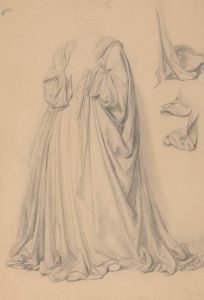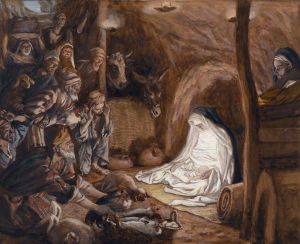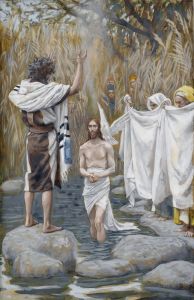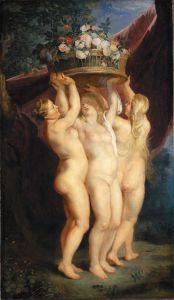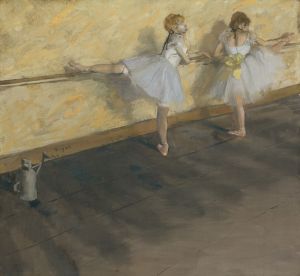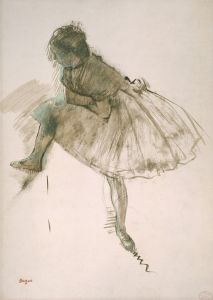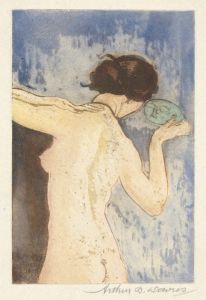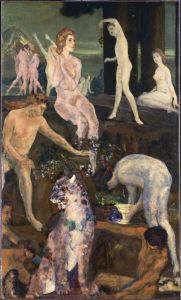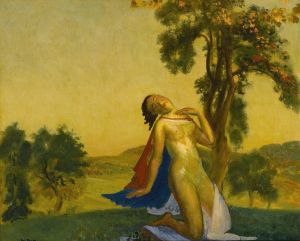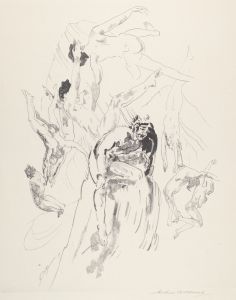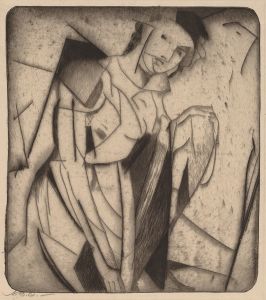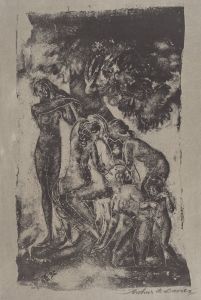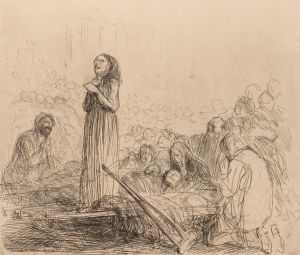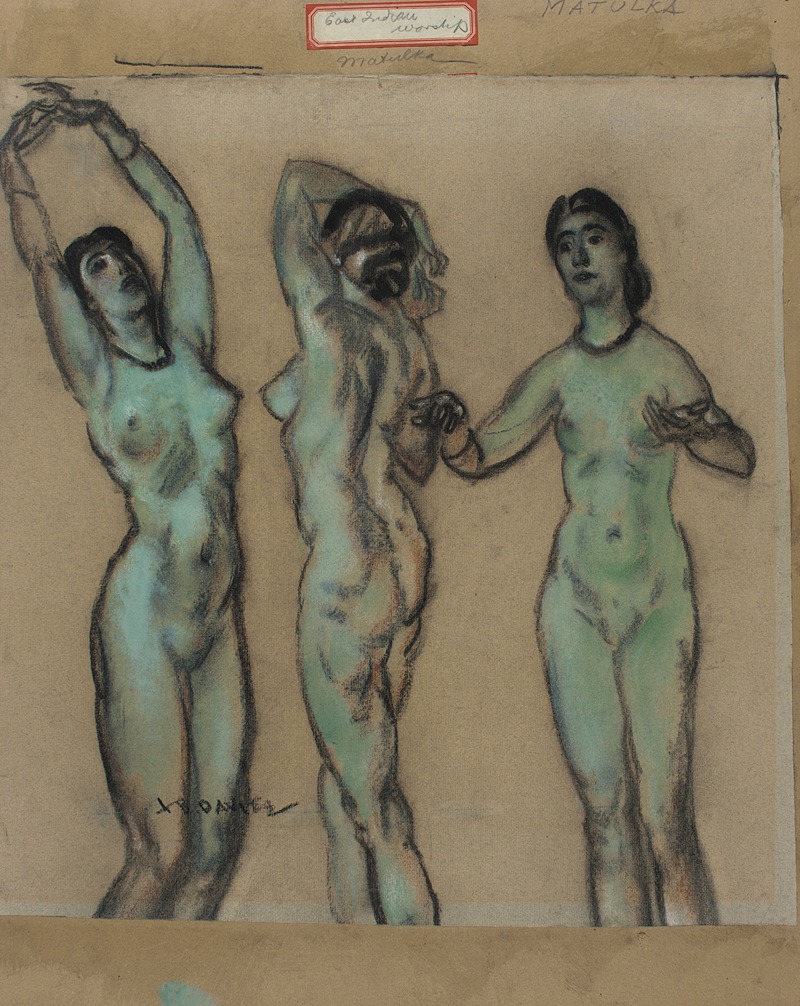
The Three Graces
A hand-painted replica of Arthur Bowen Davies’s masterpiece The Three Graces, meticulously crafted by professional artists to capture the true essence of the original. Each piece is created with museum-quality canvas and rare mineral pigments, carefully painted by experienced artists with delicate brushstrokes and rich, layered colors to perfectly recreate the texture of the original artwork. Unlike machine-printed reproductions, this hand-painted version brings the painting to life, infused with the artist’s emotions and skill in every stroke. Whether for personal collection or home decoration, it instantly elevates the artistic atmosphere of any space.
Arthur Bowen Davies was an American artist known for his role in the early 20th-century art scene, particularly as a member of The Eight, a group of artists who challenged the academic standards of their time. One of his notable works is "The Three Graces," which reflects his interest in classical themes and his unique approach to modern art.
"The Three Graces" by Arthur Bowen Davies is a painting that embodies the artist's fascination with mythological subjects and his distinctive style that blends elements of realism and symbolism. The work is inspired by the classical motif of the Three Graces, figures from Greek mythology who are often depicted as symbols of beauty, charm, and grace. These figures, traditionally named Aglaia, Euphrosyne, and Thalia, were believed to be the daughters of Zeus and were associated with the arts and the pleasures of life.
Davies' interpretation of the Three Graces diverges from traditional representations by incorporating his modernist sensibilities. His work often features ethereal and dreamlike qualities, achieved through soft lines and a muted color palette. This approach is evident in "The Three Graces," where the figures are rendered with a sense of fluidity and harmony, creating a serene and otherworldly atmosphere.
Arthur Bowen Davies was a pivotal figure in the American art world during the early 1900s. He played a significant role in organizing the 1913 Armory Show, which introduced American audiences to European avant-garde art movements such as Cubism and Fauvism. Although Davies himself did not fully embrace these radical styles, his work, including "The Three Graces," reflects a synthesis of traditional and modern elements, showcasing his ability to bridge different artistic movements.
Davies' artistic philosophy was deeply influenced by his interest in symbolism and the transcendental. He believed that art should evoke an emotional and spiritual response, a belief that is evident in the mystical quality of "The Three Graces." The painting invites viewers to contemplate the timeless themes of beauty and harmony, encouraging an introspective experience.
Throughout his career, Davies maintained a commitment to exploring the human form and its expressive potential. His depiction of the Three Graces is no exception, as he captures the elegance and poise of the figures while imbuing them with a sense of movement and life. This dynamic portrayal is characteristic of Davies' work, which often features figures in motion, suggesting a narrative or an unfolding story.
Arthur Bowen Davies' "The Three Graces" remains a testament to his artistic vision and his ability to reinterpret classical themes through a modern lens. The painting continues to be appreciated for its aesthetic beauty and its contribution to the dialogue between traditional and modern art forms. As a work that encapsulates Davies' unique style and philosophical outlook, "The Three Graces" holds a significant place in the history of American art.





